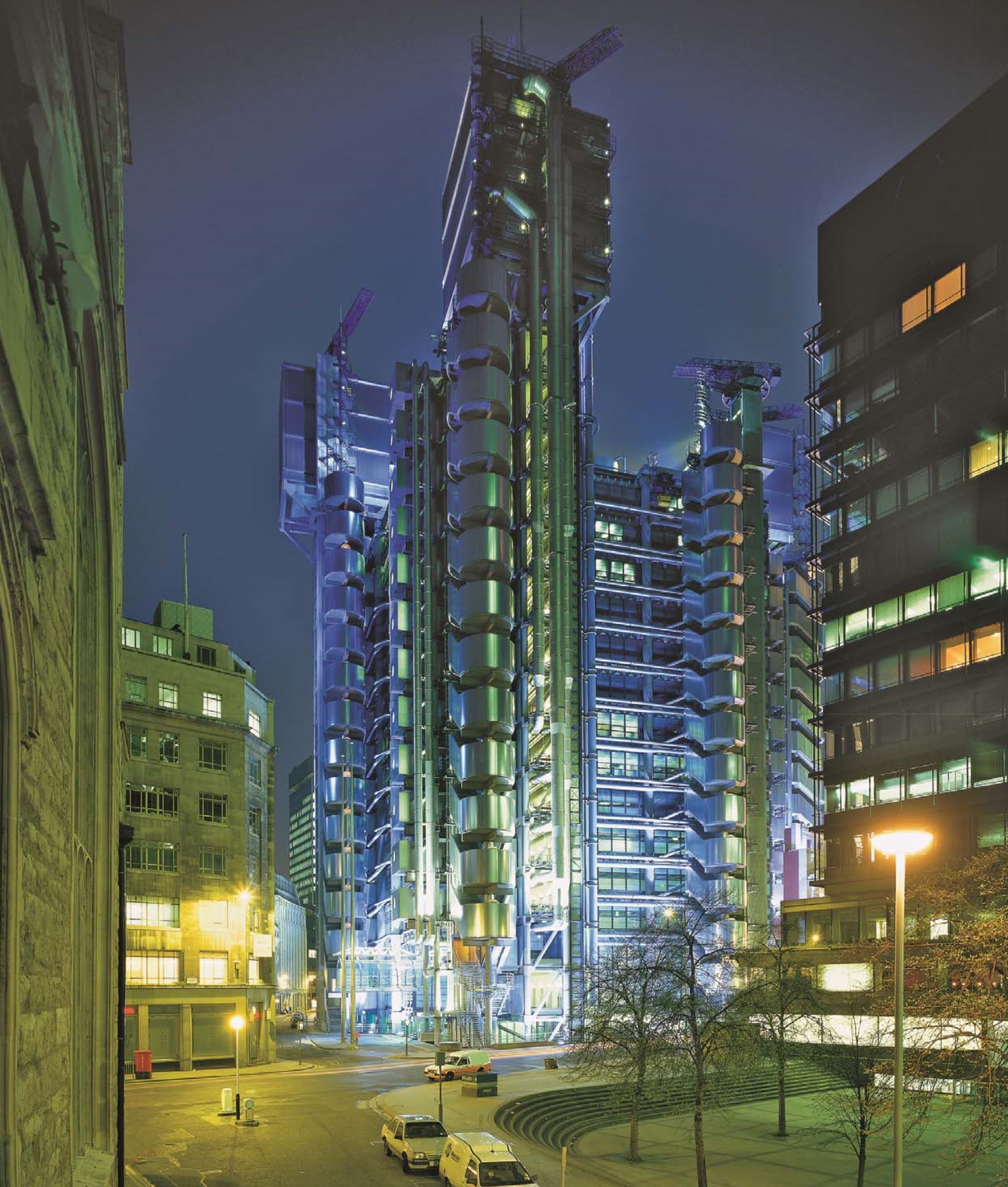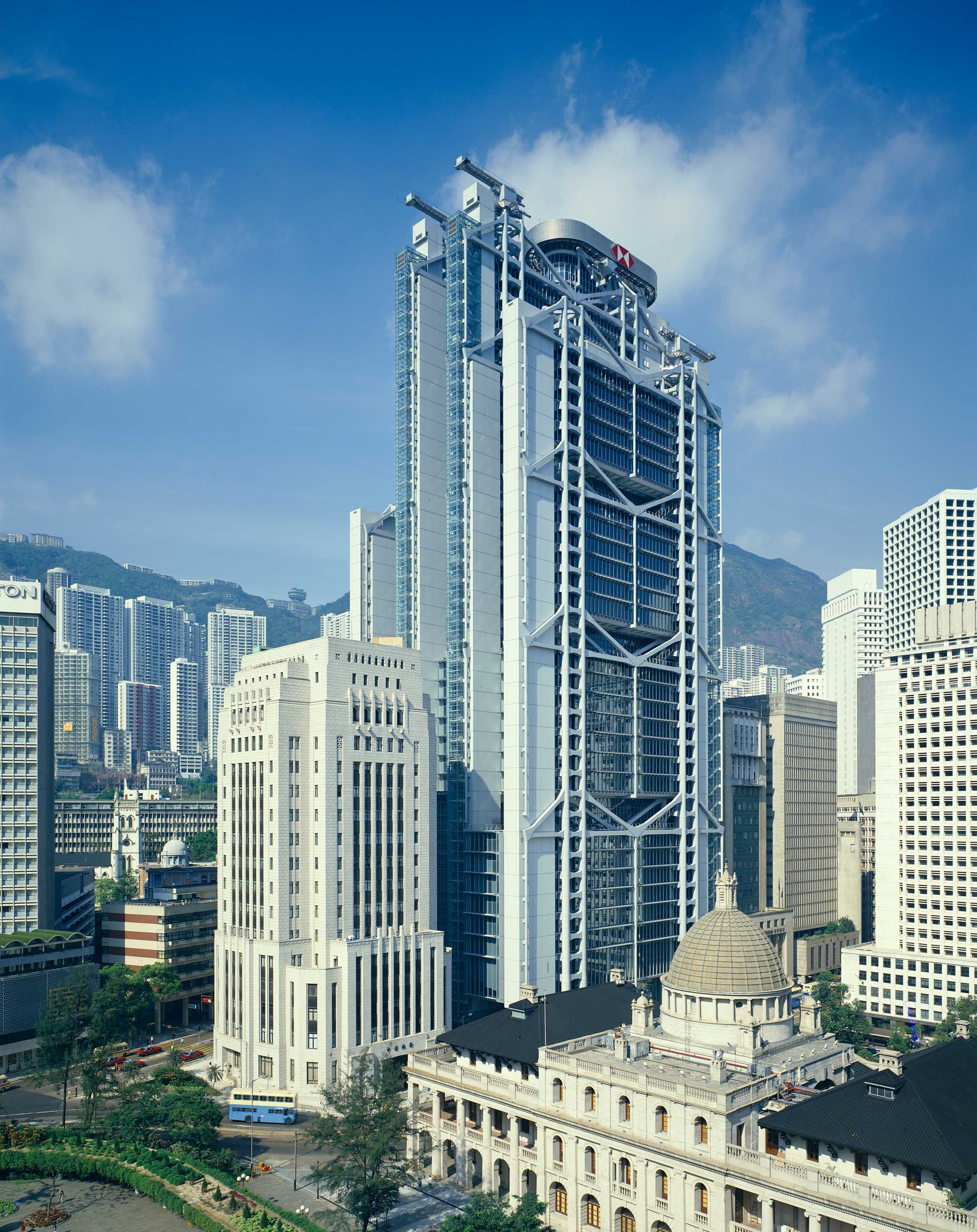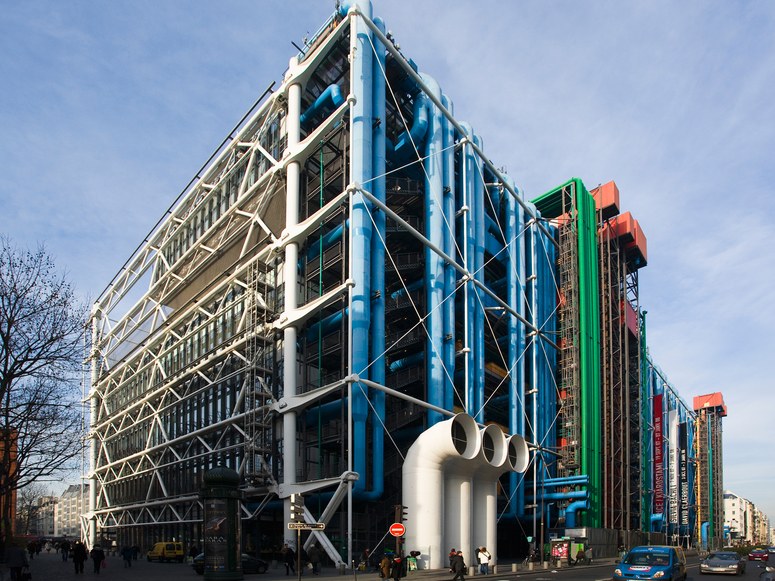Exoskeleton
Contents |
[edit] Introduction
Very broadly, the term 'exoskeleton' refers to an external skeleton. In its traditional application, it describes the hard covering found on certain types of animals. It is also used to describe a wearable powered suit (or exosuit) that can be adapted as a mobile machine for industrial or medical purposes, and in relation to some built structures.
[edit] Exosuits and construction
As an exosuit, exoskeletons made from metal and outfitted with motorised “muscles” give wearers robotic strength. This innovation is already being used to help people with disabilities walk independently. It is also being tested on construction workers as a way to help them lift and move heavy objects without causing injury.
[edit] Exoskeletons and architecture
By picking up on the term’s connection with nature, exoskeleton buildings display a sense of biomimicry. In nature, the exoskeleton is an animal’s external armour that protects its internal systems. An exoskeleton serves a similar function in architecture. The building’s exoskeleton performs certain roles - ranging from structural to thermal - while protecting and supporting its internal systems.
In architectural and engineering applications, an exoskeleton approach is sometimes used for skyscrapers. It is a construction approach that places key components of a building on the exterior of the structure.
Instead of being covered by cladding or other surface materials, an exposed exoskeleton showcases the technical aspects of the building by putting them on display. In some instances, mechanical and engineering systems are incorporated into the exoskeleton.
One of the advantages of an exoskeleton is that it can free up interior space that would otherwise be required for columns and other structural supports. This creates an extremely flexible floorplan that can be easily adapted. Placing bracing and trusses on the outside of the building can also create an innovative and industrial aesthetic effect.
However, it can create complex exteriors that are difficult to clean and maintain.

|

|
| Lloyd's of London | HSBC Hong Kong |
[edit] Related articles on Designing Buildings
Featured articles and news
The UK's Modern Industrial Strategy: A 10 year plan
Previous consultation criticism, current key elements and general support with some persisting reservations.
Building Safety Regulator reforms
New roles, new staff and a new fast track service pave the way for a single construction regulator.
Architectural Technologist CPDs and Communications
CIAT CPD… and how you can do it!
Cooling centres and cool spaces
Managing extreme heat in cities by directing the public to places for heat stress relief and water sources.
Winter gardens: A brief history and warm variations
Extending the season with glass in different forms and terms.
Restoring Great Yarmouth's Winter Gardens
Transforming one of the least sustainable constructions imaginable.
Construction Skills Mission Board launch sector drive
Newly formed government and industry collaboration set strategy for recruiting an additional 100,000 construction workers a year.
New Architects Code comes into effect in September 2025
ARB Architects Code of Conduct and Practice available with ongoing consultation regarding guidance.
Welsh Skills Body (Medr) launches ambitious plan
The new skills body brings together funding and regulation of tertiary education and research for the devolved nation.
Paul Gandy FCIOB announced as next CIOB President
Former Tilbury Douglas CEO takes helm.
UK Infrastructure: A 10 Year Strategy. In brief with reactions
With the National Infrastructure and Service Transformation Authority (NISTA).
Ebenezer Howard: inventor of the garden city. Book review.
The Grenfell Tower fire, eight years on
A time to pause and reflect as Dubai tower block fire reported just before anniversary.
Airtightness Topic Guide BSRIA TG 27/2025
Explaining the basics of airtightness, what it is, why it's important, when it's required and how it's carried out.
Construction contract awards hit lowest point of 2025
Plummeting for second consecutive month, intensifying concerns for housing and infrastructure goals.
Understanding Mental Health in the Built Environment 2025
Examining the state of mental health in construction, shedding light on levels of stress, anxiety and depression.
























Comments